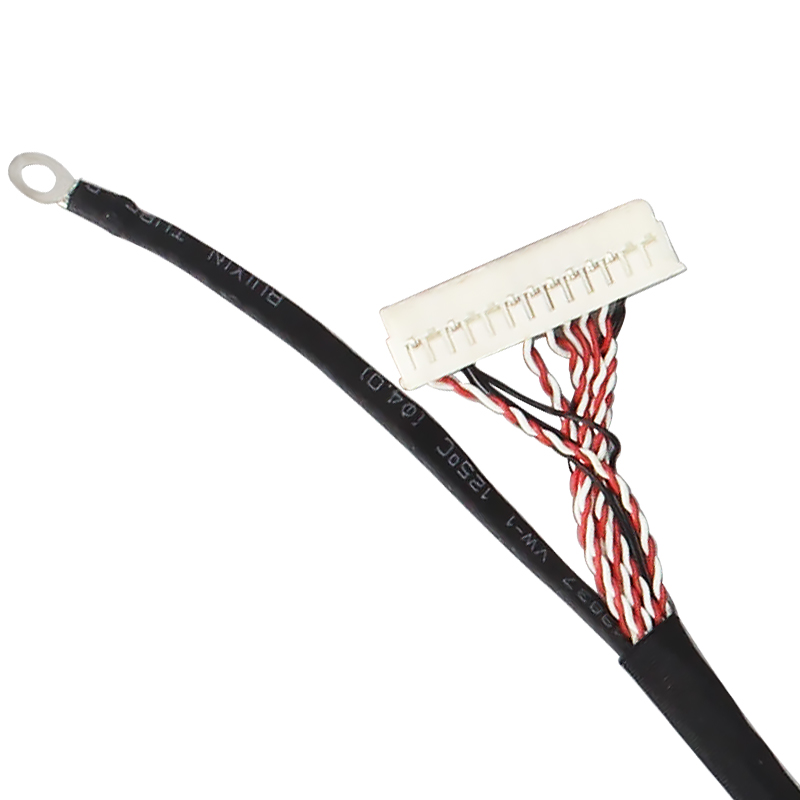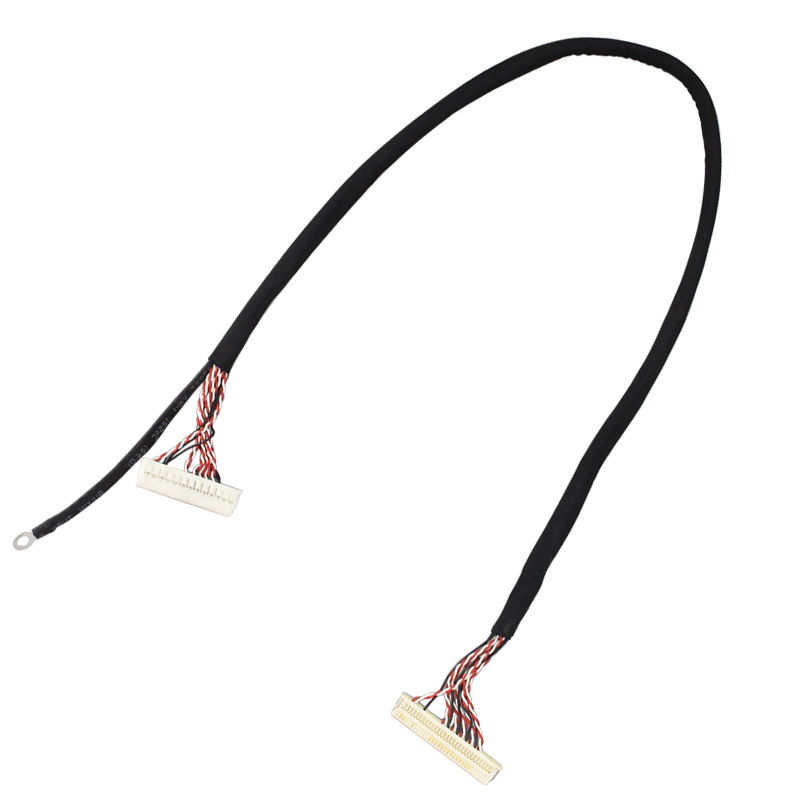Τι είναι η διεπαφή λουρίδων για;
This browser does not support the video element.
LVDS interface, also known as rs-644 bus interface, is a data transmission and interface technology proposed in the 1990s.
LVDS is low-voltage differential signal. The core of this technology is to use extremely low voltage swing to transmit data in high-speed differential mode. It has the characteristics of low power consumption, low bit error rate, low crosstalk and low radiation. Its transmission medium can be copper PCB connection or balanced cable. LVDS is more and more widely used in systems that require high signal integrity, low jitter and common mode characteristics.

Application mode
1. One way point-to-point
This is a typical application mode. Each point-to-point differential pair consists of a driver, interconnector and receiver. The driver and receiver mainly complete the conversion between TTL signal and LVDS signal. The interconnector includes cables, differential conductor pairs on PCBs, and matching resistors. One way point-to-point application mode is an ideal interface for communication between chips, plug-ins and racks.
2. Bidirectional point-to-point
It can realize bidirectional half duplex communication through a pair of twisted pairs. It can be composed of standard LVDS drivers and receivers. But the better way is to use bus LVDS driver, namely blvds, which is designed for connecting loads at both ends of the bus.
